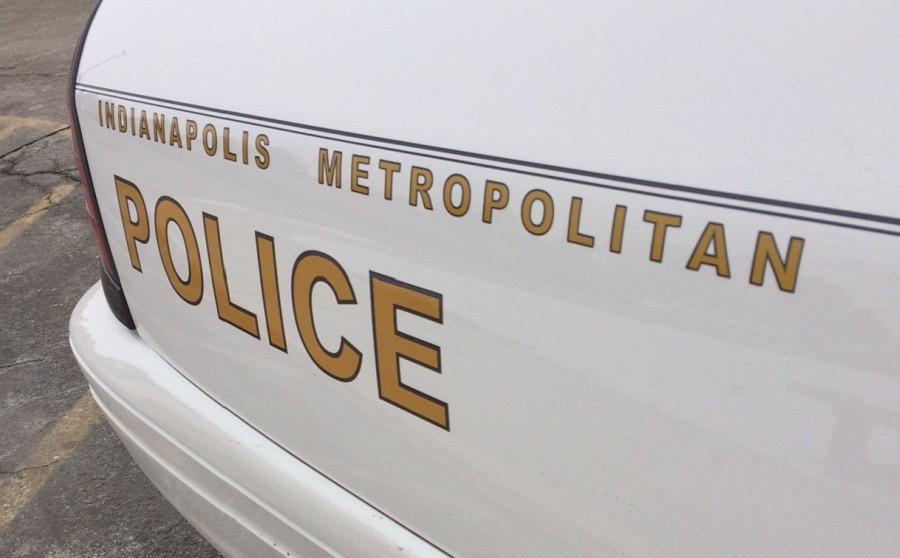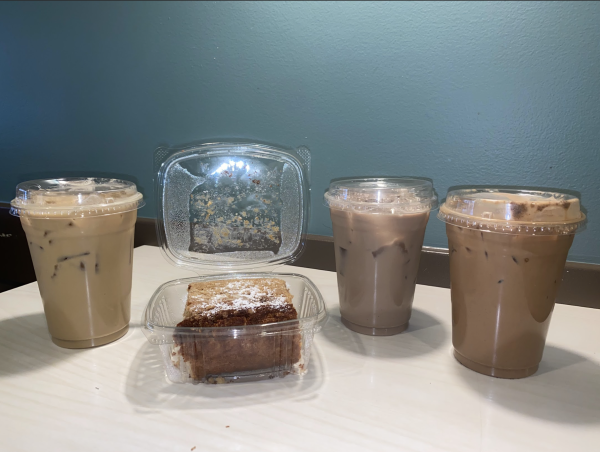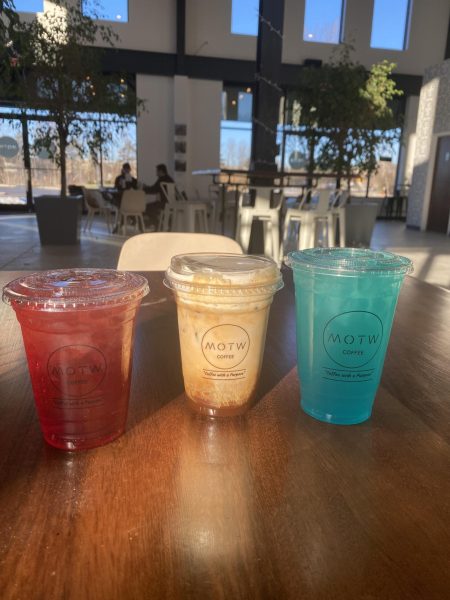City Under Fire
Indianapolis Faces Epidemic of Violence
February 2, 2016
What does the number 144 mean to you? It might simply register as a number to most, but in Indianapolis in 2015, 144 was the number of people murdered in our city.
One hundred forty-four people. That’s just under one fifth of the students here at Brebeuf Jesuit. More people were murdered in Indianapolis in 2015 than in any other year in our city’s 195 year history, dating back to its founding in 1821.
The spike in violence and homicides makes 2015 the third year since 1998 that over 140 people have been victims of homicide in Indianapolis and has broken that year’s previous record of 143. Adding to challenges presented by this public safety crisis, it came at a transition period for the city as the eight-year tenure of Republican Mayor Greg Ballard ended and Democrat Joe Hogsett was sworn in on January 1st.
According to Fox-59, Mayor Hogsett said after his inauguration that, “Neighborhoods are unnerved. Understandably so by the level of crime that they read and see on TV every day.” Hogsett appointed Troy Riggs, the Director of Public Safety under Mayor Ballard, as the new Police Chief, replacing Ballard’s chief Rick Hite. Riggs said that, “No one should live in our nation, and no one certainly in the city of Indianapolis, and fear for their safety.”
2015’s record homicide number is notable not only for the sheer amount violence itself, but also for whom the victims and suspects were. Police records compiled by the Indianapolis Star indicate that 13 victims were under the age of 18, and 14 suspects were juveniles as well. Victims ranged in age from two to 82, and 80% of 2014’s perpetrators had a previous criminal record.
The victims were also disproportionately made up of young African-American males (80%), and 70% of overall victims were under 30. Indianapolis has the sixth highest rate of African-American homicide victims in the country, according to the Violence Poverty Center. Timothy Heaphy, a former United States Attorney in Virginia, noted in a December 2015 article posted by thetrace.org that generally over half of American gun victims are African-American men who live and die in “poor, de facto segregated neighborhoods that have little political clout,” which he says is a reason why they don’t catch the public’s attention.
Democrats and Republican politicians have attributed the violence to a range of factors including domestic disputes, drugs, and gang wars, as well as a poor educational attendance, lack of parental oversight, and lack of hope for some kids. The violence’s deep roots led David Wentz of the Ballard administration to say in an August CBS-4 story that “The interventions we’re trying to make there are not going to happen overnight. There’s going to be a long tail on correcting those things.” Under Mayor Hogsett, police planned and are now in the process of adding 150 new officers by 2018, 40% of whom are minorities, identifying and targeting efforts on six focus areas, and working with communities to solve crime and break the “code of silence”.
The violence in Indianapolis was reported upon across the country and notably claimed the lives of Amanda Blackburn, the 28-year-old pregnant wife of a northside pastor; Dominique Allen; 10-year-old Deshaun Swanson, who was shot at a memorial service for another killing; and David Bowman, who was killed in a Speedway gas station by a 17-year-old over a $150 lottery ticket.
2015 marks the continuing upward spike in the trend of homicides since 2012 after violence seemed to have settled down after the second highest mark in city history in 2006 of 140. There were 93 murders in 2010 and 96 each in 2011 and 2012 until homicide numbers jumped up to 126 in 2013 and 134 in 2014. Additionally, while three men have been arrested and charged with Blackburn’s murder and Bowman’s alleged killer turned himself in, in the four months since Swanson’s death, the police have declared no suspects.
Not only were more people killed in Indianapolis in 2015 than any other year, but the numbers of non-fatal shootings, gang activities, illegal gun use, and youth violence also rose. According to the FBI’s Uniform Crime Report, Indianapolis had the ninth highest violent crime rate in the country in 2014 at 1254 violent crimes per 100,000 residents, and that number rose again in 2015. The violence is continuing into 2016 and claimed its first victim on January 5th.
The swarm of attention given to the violence in Indianapolis as well as nationwide last year comes during a time in which gun rights and gun control are hot topics in American politics. It follows a year that included terrorist attacks in Paris and San Bernardino and mass shootings in Charleston and over 120 people shot and 19 killed in the first ten days of 2016 in Chicago.
President Obama pointed out in his January 7th town hall meeting to educate the public on his new gun control measures, shown on CNN, that not only have 400,000 Americans been killed by gun violence since 2001, but about one in five of the guns used in crimes in Chicago come from Indiana, where the gun laws are looser.
The President said, “Folks will go to a gun show [in Indiana] and purchase a whole bunch of firearms, put them in a van, drive up into the neighborhoods on the Southside of Chicago, open up the trunk, and those things are for sale.” He said additionally that, “If we can combine gun safety with sensible background checks and some other steps, we’re not going to eliminate gun violence, but we will lessen it.” Republican Governor Mike Pence responded to Obama’s remarks by saying that, “Blaming Chicago’s crime problems on Indiana is unfortunate and inaccurate.”
Brian Ludlow, a gun shop owner in Indianapolis, said in January 2016 on WISH-TV that Obama’s measures would add unnecessary restrictions on dealers and wouldn’t do anything to reduce gun violence in Indianapolis or across the country. He said if the President really wants to reduce gun violence then he will enforce current federal laws. Many opponents of gun control, such as the National Rifle Association, have argued that criminals don’t follow laws to begin with, making more gun laws, procedures, and restrictions unnecessary and pointless and that lawfully armed citizens are the best defense against shootings and violence.
Gun violence and murder in Indianapolis are simply a part of the reality for many people in our city as is reflective of the times and country we live in. But, as Danielle Vaughn, brother of victim Daniel Vaughn, pointed out in October on WISH-TV, “We don’t have to be a violent city. We don’t have to be statistics.”





